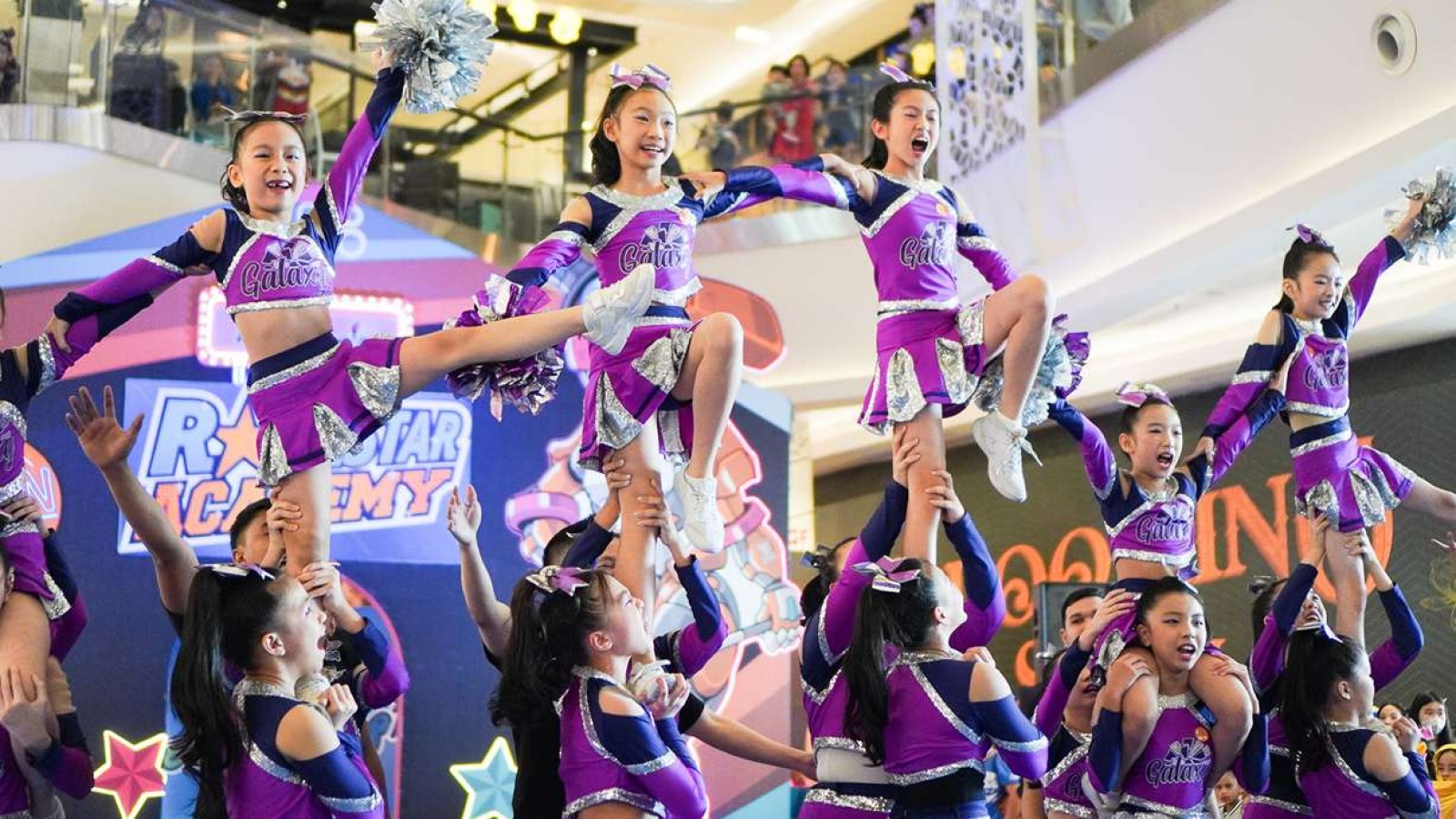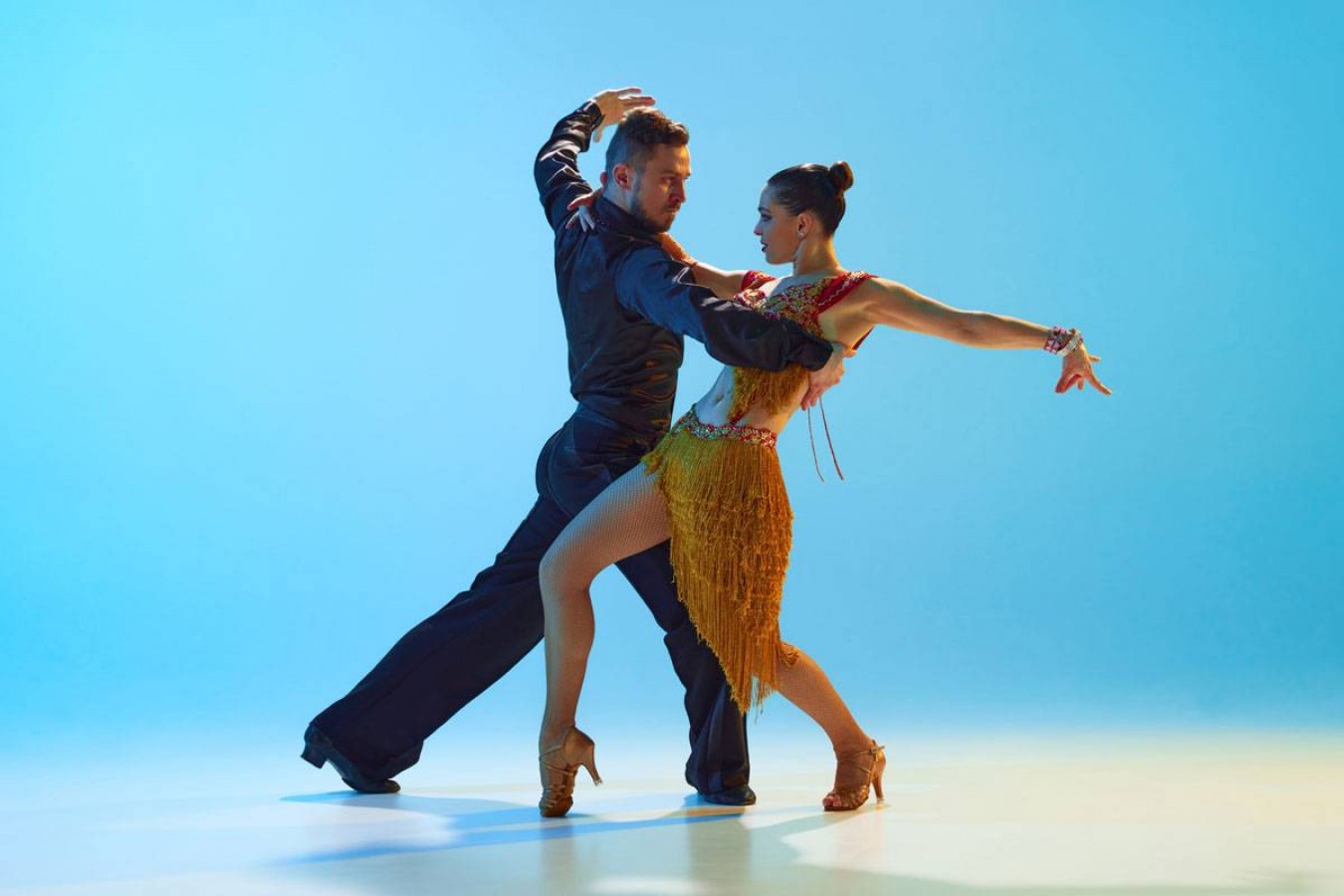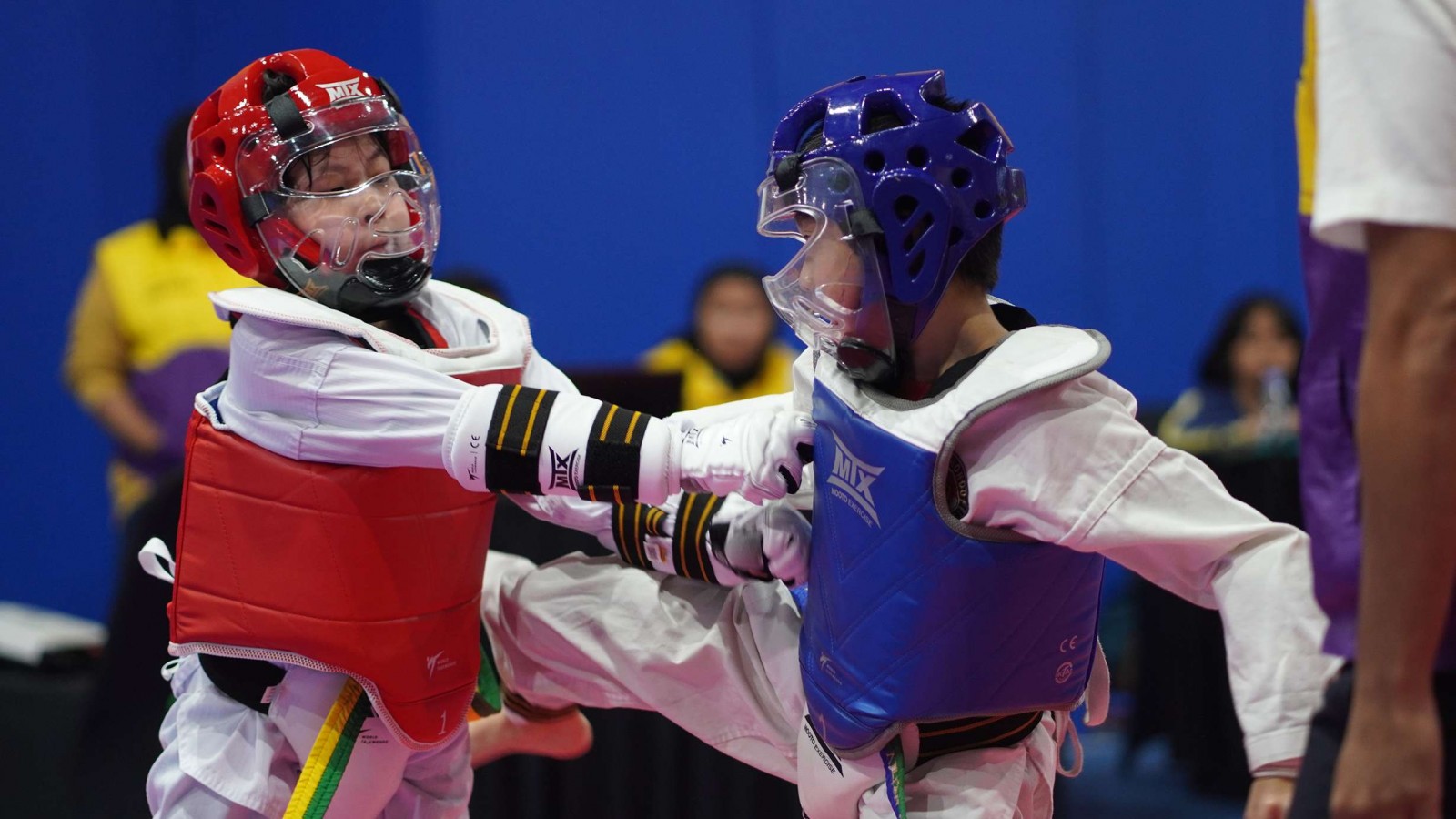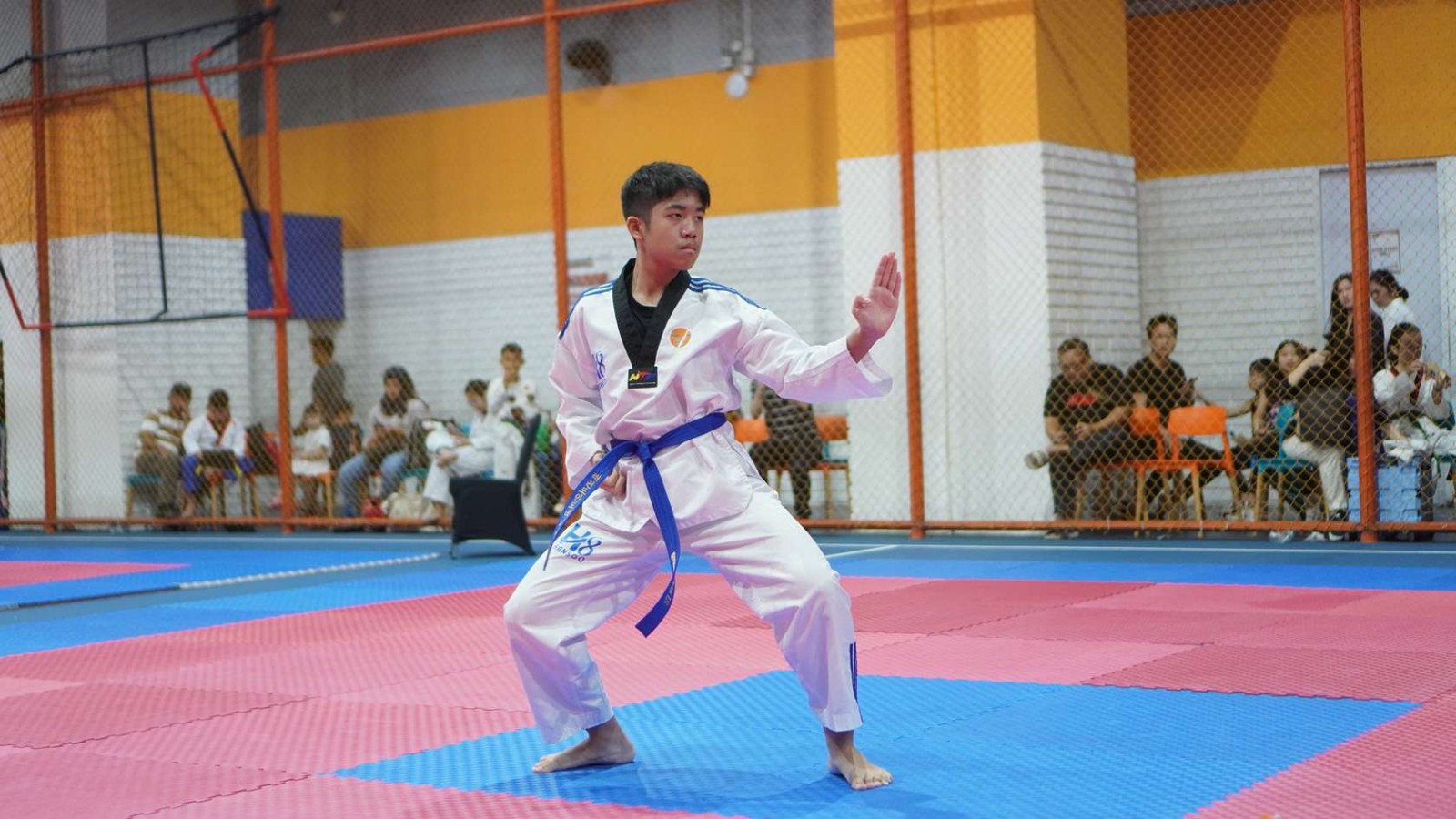A Step-by-Step Guide to Cheerleading Pyramids

Cheerleading pyramids are dazzling displays of athleticism, teamwork, and precision that captivate audiences around the world. These intricate formations showcase the strength, flexibility, and coordination of cheerleaders as they come together to create stunning visuals on the sidelines or center stage.
However, mastering cheerleading pyramids requires careful planning, rigorous practice, and a commitment to safety. In this step-by-step guide, we'll explore the fundamentals of building successful cheerleading pyramids.
What is a Pyramid in Cheerleading?
Cheerleading pyramids refer to intricate formations created by cheerleading squads, typically involving multiple cheerleaders stacking on top of each other to form a visually stunning structure.
These formations showcase the athleticism, strength, and teamwork of the participants. Cheerleading pyramids often serve as highlights in cheerleading routines, captivating audiences with their complexity and precision.
Pyramids require careful planning, coordination, and execution to ensure the safety of all participants involved. They are a fundamental component of competitive cheerleading and are often practiced extensively by cheerleading teams to perfect their performances.
How to Do the Pyramid?
To master the art of cheerleading pyramids, it's essential to understand the step-by-step process involved in building these impressive formations. Let's delve into the intricacies of how to execute a pyramid with precision and finesse:
1. Planning and Preparation
Before attempting to build the pyramid, thorough planning is essential. Designate roles for each team member, including bases, flyers, spotters, and catchers.
Communicate effectively to ensure everyone understands their responsibilities and the overall structure of the pyramid.
2. Sectional Approach
Begin by building each side of the pyramid separately. This allows the team to focus on one aspect at a time, minimizing confusion and maximizing safety.
Start with the base of the pyramid, ensuring that the mid-bases are loaded first and providing a solid foundation for the structure.
3. Utilize Spotters and Catchers
Safety should always be the top priority when constructing a pyramid. Utilize extra spotters and catchers, especially during practice sessions or when attempting new formations.
Spotters should be positioned strategically to intervene in case of imbalance or potential falls, providing added support and reassurance to the team.
4. Load the Top Flyers
Once the base of the pyramid is stable, carefully load the top flyers into their designated positions.
Flyers should maintain tension in their bodies and trust in their bases as they ascend to the top of the formation.
Communication between flyers and bases is crucial to ensure a smooth transition and minimize the risk of accidents.
5. Troubleshooting
In the event that a flyer struggles to reach her position or maintain balance, it's important to remain calm and composed.
If the flyer comes down but the mid-bases remain steady, reload the flyer and try again.
However, if repeated attempts prove unsuccessful, it may be necessary to take a break to avoid fatiguing the bases and risking injury.
6. Dismounting Safely
Once the top flyer successfully reaches her position and hits the pyramid, it's time to focus on dismounting safely.
The top flyer should dismount first, followed by the mid-bases. Communication is key during this phase to ensure a coordinated descent and minimize the risk of collisions or injuries.
7. Continuous Practice and Improvement
Building a flawless pyramid requires practice, patience, and perseverance. Take the time to review each attempt, identify areas for improvement, and implement strategies to enhance performance.
Encourage open communication and feedback among team members to foster a culture of continuous improvement.
The Pyramid Stunt Examples
Cheerleading pyramids encompass a wide range of formations, each showcasing the creativity, skill, and athleticism of cheerleading squads. Here are some examples of pyramid stunts commonly seen in cheerleading routines:
A. Simple Pyramid
In this stunt, the team forms a basic pyramid structure with alternating timing between the different sides.
This variation adds visual appeal and complexity to the stunt, creating the illusion of a more challenging maneuver.
By synchronizing the movements of each side, the team achieves a seamless and impressive display of coordination and athleticism.
B. Inside Hitch
The Inside Hitch is characterized by the final "hitch" pose, where a flyer places their foot on the thigh of the middle flyer. This pose adds flair and elegance to the pyramid, showcasing the flexibility and balance of the participants.
At the end of the stunt, a cradle dismount is executed, emphasizing the importance of a controlled and safe descent from the pyramid.
C. The Wolf Wall Pyramid
This advanced pyramid variation exemplifies the concept of teamwork and fluidity in motion. The Wolf Wall Pyramid is executed with precision and grace, as the team works seamlessly together to build the structure in one fluid motion.
The goal is to move as one cohesive unit, ensuring that each member acts as an extension of the other, resulting in a breathtaking display of synchronization and skill.
Take Your Cheerleading Skills to New Heights!
By following these step-by-step guidelines and practicing diligently, you'll be well on your way to mastering cheerleading pyramids. With teamwork, determination, and a commitment to safety, you can create breathtaking formations that will dazzle audiences and leave a lasting impression.
Are you currently seeking an opportunity to explore the exciting world of cheerleading? Rockstar Academy offers a cheerleading program, where you can experience the perfect blend of athleticism, creativity, and teamwork.
As a leading Sports & Performing Arts Academy, we provide top-notch training and guidance from experienced coaches to help you unleash your full potential. By joining Rockstar, you will have the opportunity to compete in RockOlympics and Cheerleading Elite Championships that will showcase your full potential of cheerleading skills.
With our cheerleading class trial, you'll also gain access to top-notch coaching, state-of-the-art facilities, and a supportive community of fellow athletes. Don't miss this chance to unleash your potential and become a true cheerleading rockstar!
FAQ
What skills are needed for cheerleading pyramids?
Participants need strength, balance, flexibility, and trust in their teammates to perform cheerleading pyramids successfully.
How do cheerleaders dismount from pyramids?
Cheerleaders typically dismount from pyramids using controlled techniques such as cradles, where flyers are caught by bases or spotters, ensuring a safe descent to the ground.



